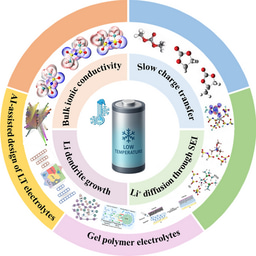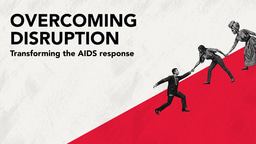Collections Highlight: Pediatric Sexual Medicine and Child Genital Cutting & Surgery
Published in Sustainability and Paediatrics, Reproductive Medicine & Geriatrics

Two key sub-goals of SDG 3 are Sexual and Reproductive Health (target 3.7) and Mental Health, both of which can have a significant impact on children and young people. IJIR: Your Sexual Medicine Journal recognises the importance and need of recognising, bringing attention to and treating children and young people affected by these.
In the collection Pediatric Sexual Medicine the articles delve into how human sexual development starts as early as the first weeks of intrauterine life and human sexuality continues to evolve through infancy, childhood, adolescence and adulthood. Although the pediatric population may often face sexual health problems, these issues may not be properly managed because of limited scientific data, legal obstacles and sociocultural barriers around these sensitive topics. Therefore, understanding pediatric sexuality has important clinical, legal, social, cultural and educational implications.
Why is this collection important not only within its field but also in supporting SDG 3? Quite simply because it is beneficial for its readers and beyond in developing a different perspective on a very delicate topic, thus helping those in their practice when treating and communicating with their patients.
Child genital cutting and surgery is a very important, but also a very sensitive topic. Recognising this IJIR: Your Sexual Medicine Journal was honoured to publish a two-part series on this topic led by Dr Brian D. Earp, Dr Jasmine Abdulcadir and Dr Lih-Mei Lao. In part one, Child genital cutting and surgery: focus on ethics, law, anthropology and intersex, the articles shed light on child genital alteration practices spanning the Global North and South and transcending conventional boundaries of sex and gender. The collection includes nuanced discussions of female, male and intersex forms of genital cutting or surgery performed on young people in countries and cultures around the world.
Whilst the first part of the series emphasized broad questions of anthropology, medicine, ethics, politics and law, with a particular focus on practices affecting persons with intersex traits, the second part, Child genital cutting and surgery: focus on non-intersex (“endosex”) female and male modifications, puts the spotlight on genital modifications affecting those born, not with intersex traits, but with “endosex” traits: congenital sex characteristics deemed biologically normative for either females or males. And yet, as the articles in this collection make clear, even apparent biological normativity does not entail cultural acceptability. Something that SDG 3, and in particular target 3.7, upholds as areas where we can all work together to ensure.
Together the two collections contribute to supporting SDG 3 by bringing attention to sometimes overlooked, but very important areas of medicine that can have a huge impact on lives globally.
We invite you to take a closer look at the articles in these collections!
Follow the Topic
-
International Journal of Impotence Research

This journal addresses sexual medicine for all sexes and genders as an interdisciplinary field.





Please sign in or register for FREE
If you are a registered user on Research Communities by Springer Nature, please sign in